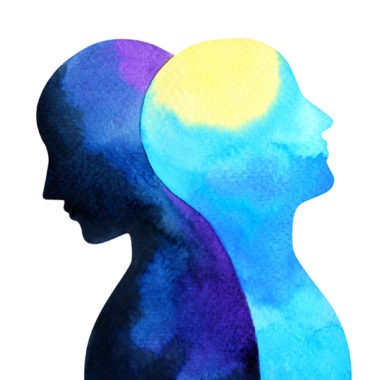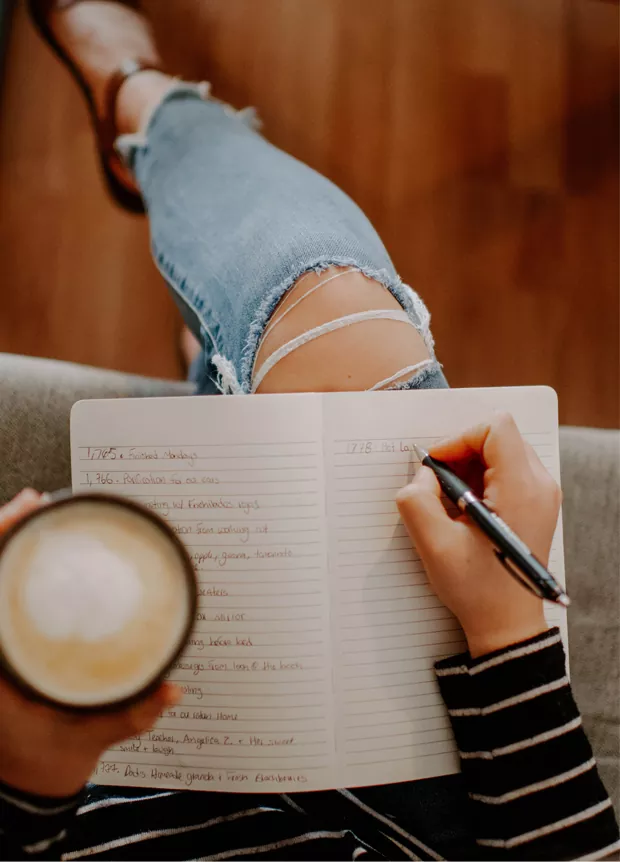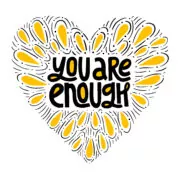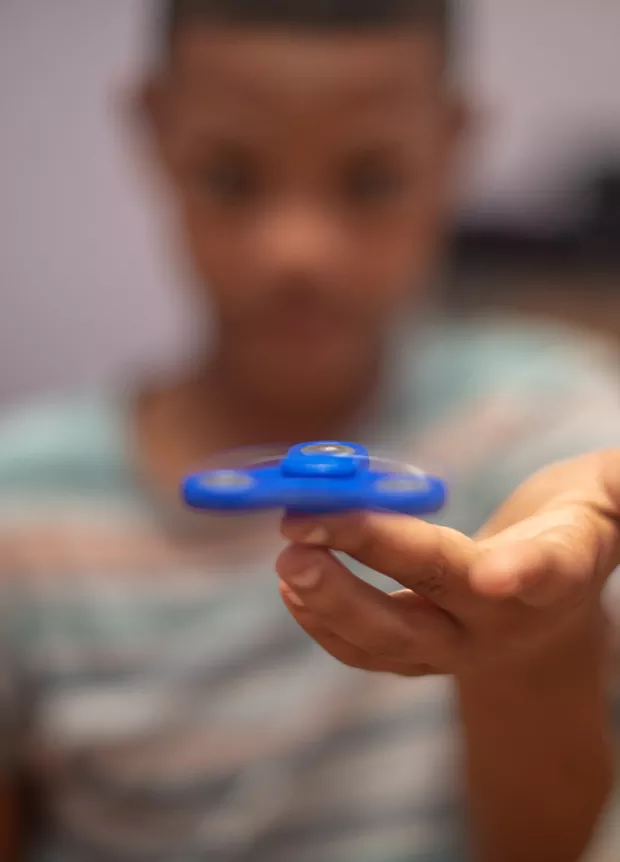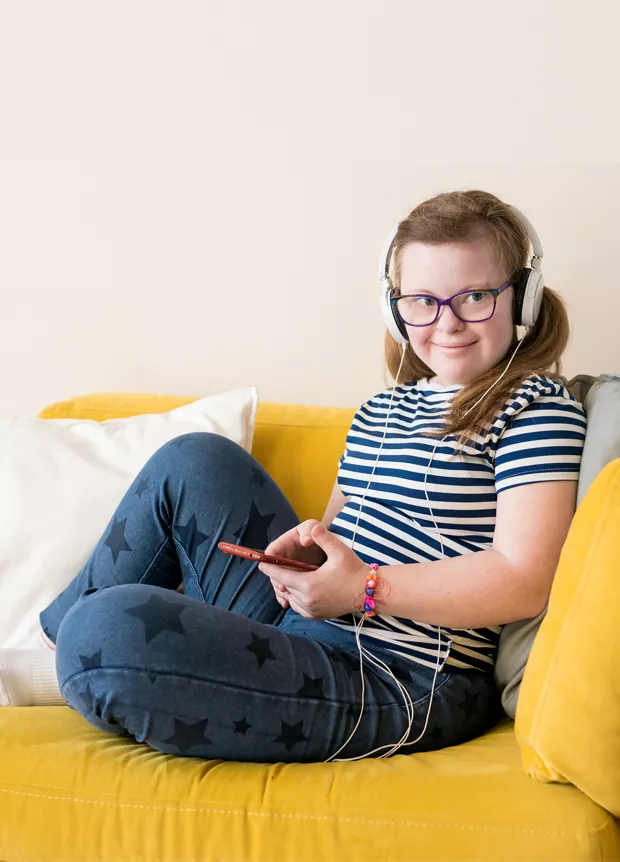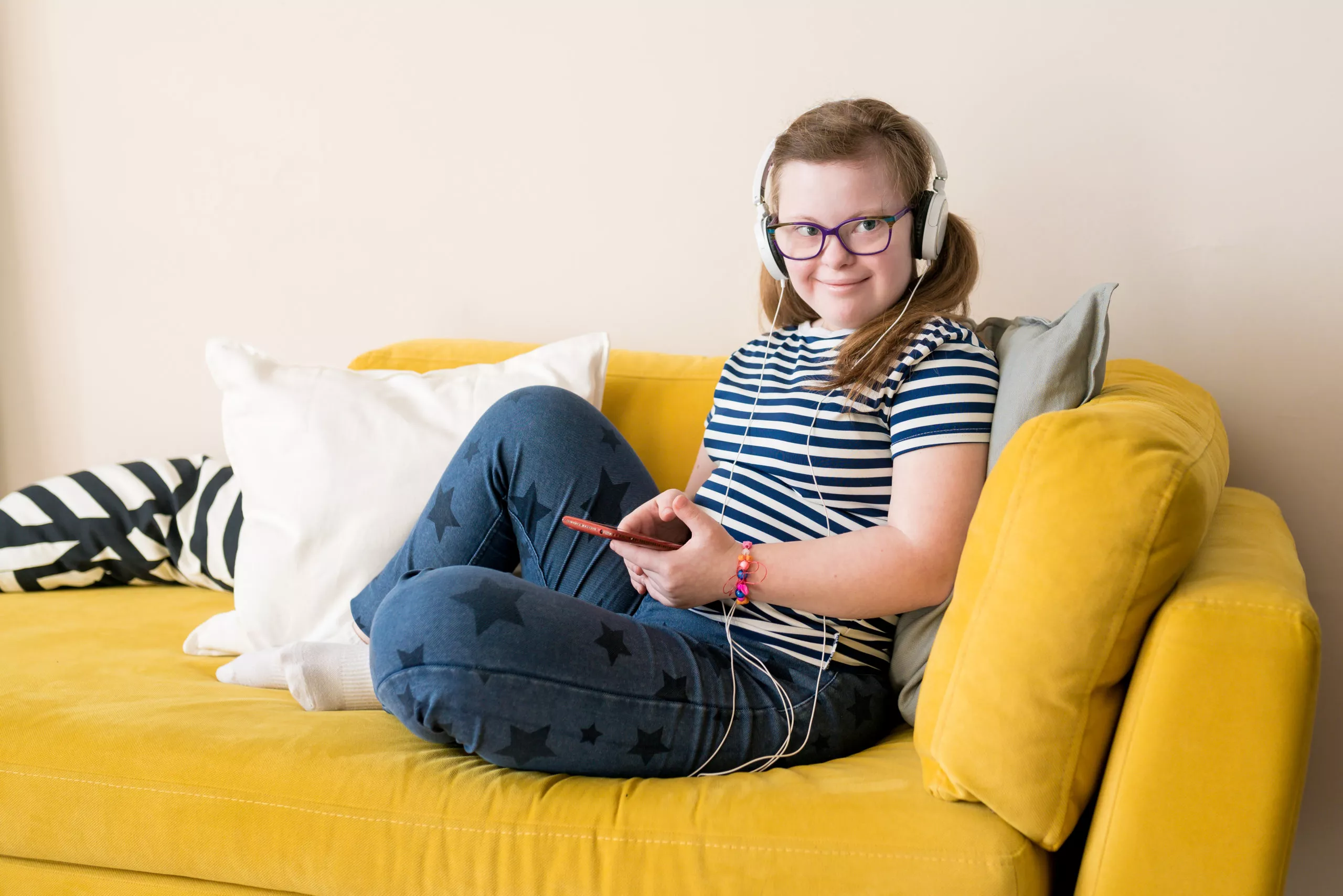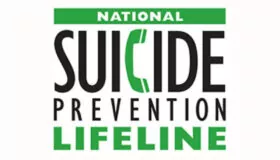Self-awareness is the key. How can you change or improve any aspect of your life if you are not aware that this part of your life requires attention? Self-awareness is essential because it gives you a better understanding of yourself, including your thoughts, beliefs, emotions, and motivations. It empowers you to make changes and build on your areas of strength as well as identify areas where you want to make improvements. It is the first step to developing your mental strength.
Some ways to develop your self-awareness:
- Practice mindfulness & meditation. Yes, meditate often, even if only for 5 minutes at a time.
- Practice deep breathing.
- Keep a journal – practice daily self-reflection. Check out BLOOM’s self- discovery Daily Journal HERE.
- Write down your goals, plans, and priorities.
- Ask trusted friends to describe you.


